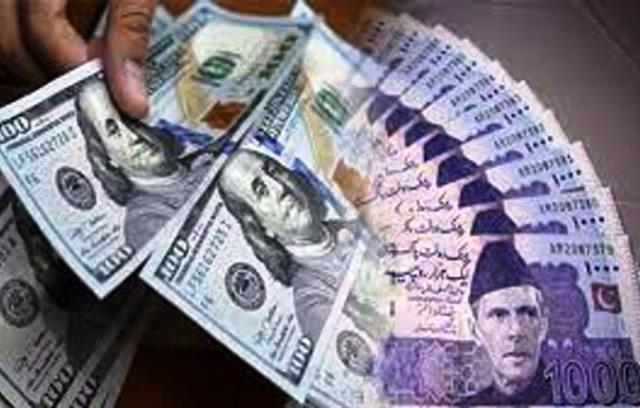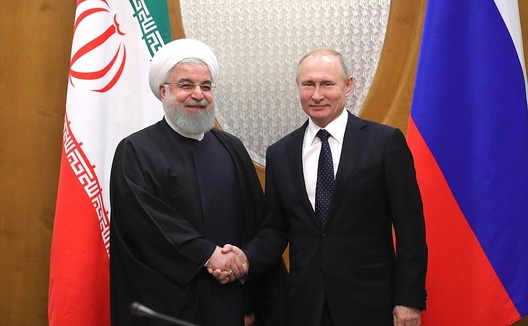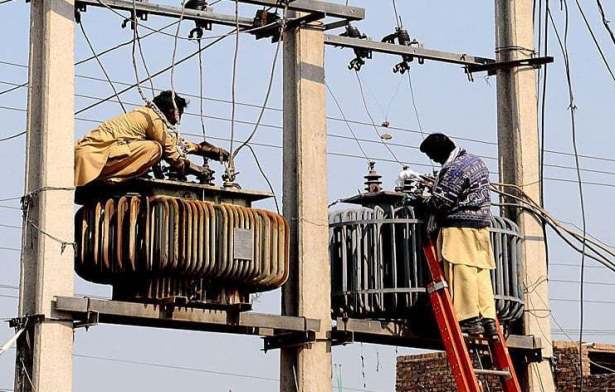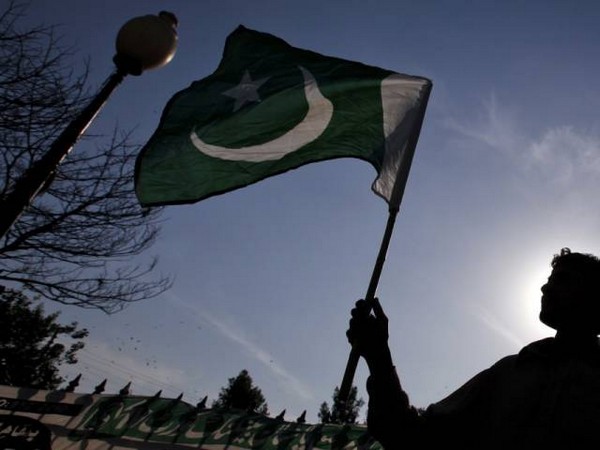Amid renewed political volatility, the Fitch Ratings agency on Tuesday downgraded Pakistan’s outlook from stable to negative.
In a statement, the credit rating entity affirmed the Long-Term Foreign-Currency (LTFC) Issuer Default Rating (IDR) at ‘B-‘.
“Pakistan’s ‘B-‘ rating reflects recurring external vulnerability, a narrow fiscal revenue base and low governance indicator scores compared with the ‘B’ median,” said Fitch, adding that external funding conditions and liquidity will likely improve with the new staff-level agreement, reported Business Recorder.
The move comes in view of the significant deterioration in the country’s external liquidity position and financing conditions since early 2022.
“Former prime minister Imran Khan has called on the government to hold early elections and has been organising large-scale protests in cities around the country,” the agency pointed out. “The new government is supported by a disparate coalition of parties with only a slim majority in parliament.”
Regular elections are due in October 2023, creating the risk of policy slippage after the conclusion of the IMF programme, it added.
Fitch cited a host of other factors behind its decision to downward revise the rating outlook. It added that renewed political volatility could undermine the authorities’ fiscal and external adjustment, as happened in early 2022 and 2018, particularly in the current environment of slowing growth and high inflation.
“We forecast slower growth of 3.5 per cent in FY23 amid fiscal and monetary tightening, high imported inflation, and a weaker external demand outlook, all of which will also hit household and business confidence,” said Fitch Ratings agency.
Fitch saw considerable risks to the implementation of the International Monetary Fund (IMF) programme and to continued access of Pakistan to financing after the programme’s expiry in June 2023 in a tough economic and political climate, reported Business Recorder.
Citing that Pakistan’s foreign exchange reserves were under pressure, it added that limited external funding and large current account deficits had drained the State Bank of Pakistan (SBP)-held reserves.
It argued that the SBP has used reserves to slow currency depreciation. Liquid net FX reserves at the SBP declined to about USD 10 billion or just over one month of current external payments by June 2022, down from about USD 16 billion a year earlier.
The agency estimated Pakistan’s current account deficit (CAD) to reach USD 17 billion (4.6 per cent of GDP) in the fiscal year ended June 2022 (FY22), driven by soaring global oil prices and a rise in non-oil imports boosted by strong private consumption.
The credit ratings agency also said that the fiscal deficit widened to 7.5 per cent of GDP (nearly Rs 5 trillion) in FY22, from 6.1 per cent in FY21. (ANI)







